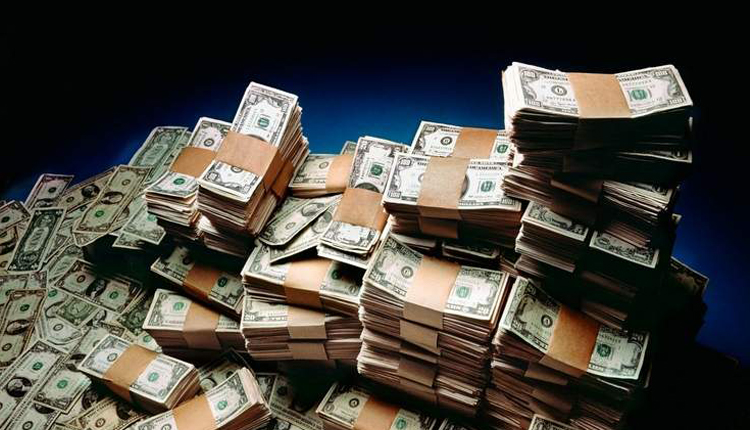Dollar’s recent rally ran out of steam on Monday with U.S. yields sinking as investors wound back expectations that the U.S. Federal Reserve will launch a series of rapid rate hikes this year.
The dollar index against a basket of six major currencies .DXY was down 0.15 percent at 92.402.
The index hit a 4-1/2-month high of 93.416 last Wednesday, as a rise in U.S. Treasury yields highlighted the wide interest rate gap between the United States and other countries.
However, it drifted lower after soft April U.S. consumer price data lowered the likelihood of the Fed raising rates as many as four times in 2018 as had been expected.
“For the dollar to resume its rally, it needs the Fed to hike rates in June – that would be a bare minimum requirement. It also needs the 10-year Treasury yield to build a firm foothold above 3 percent,” said Koji Fukaya, president at FPG Securities in Tokyo.
The U.S. central bank raised rates in March, its first monetary tightening in 2018, and investors expect it to hike as many as three more times through the rest of the year.
The 10-year Treasury yield US10YT=RR stood at 2.960 percent after poking briefly above 3 percent toward the end of April.
The euro was 0.2 percent higher at $1.1964 EUR=, having recovered last week from $1.1823, its weakest since December 22.
Still, the common currency was expected to face political headwinds, limiting its bounce against the U.S. currency.
“The euro is likely to draw continued support from the dollar’s temporary downturn. But uncertainty over Italian politics and resulting weakness in the Italian bond market will cap the euro,” said Masafumi Yamamoto, chief forex strategist at Mizuho Securities in Tokyo.
Italy’s anti-establishment 5-Star Movement and the far-right League spent the weekend in talks to forge a common policy programme. The parties were adversaries as recently as March but now look likely to form Italy’s next government.
Italian government bond prices fell and their yields rose sharply last week because of the uncertainty about the country’s political future.
The dollar was effectively flat at 109.345 yen JPY=, its two attempts to break convincingly above the 110.00 threshold earlier this month having failed.
The Malaysian ringgit slid nearly 1 percent to a four-month low of 3.985 per dollar MYR= after the local markets re-opened following holidays on Thursday and Friday.
The holidays were declared after the opposition led by former Malaysian prime minister Mahathir Mohamad defeated the ruling coalition at last week’s elections – a shock win that led to a first change of government since the country’s independence from Britain more than six decades ago.
The ringgit had already lost much ground in the offshore non-deliverable forwards market and was poised to start sharply lower when the Malaysian markets re-opened.
The Australian dollar was 0.2 percent higher at $0.7558 AUD=D4 after rallying back from an 11-month low of $0.7413 plumbed on Wednesday.
The New Zealand dollar’s bounce was more modest. The kiwi was nearly flat at $0.6966 after sliding to a five-month low of $0.6903 NZD=D4 on Thursday after the Reserve Bank of New Zealand took a dovish-sounding monetary stance.
Source: Reuters


